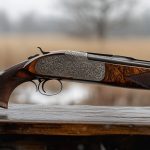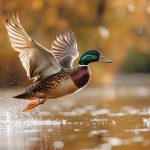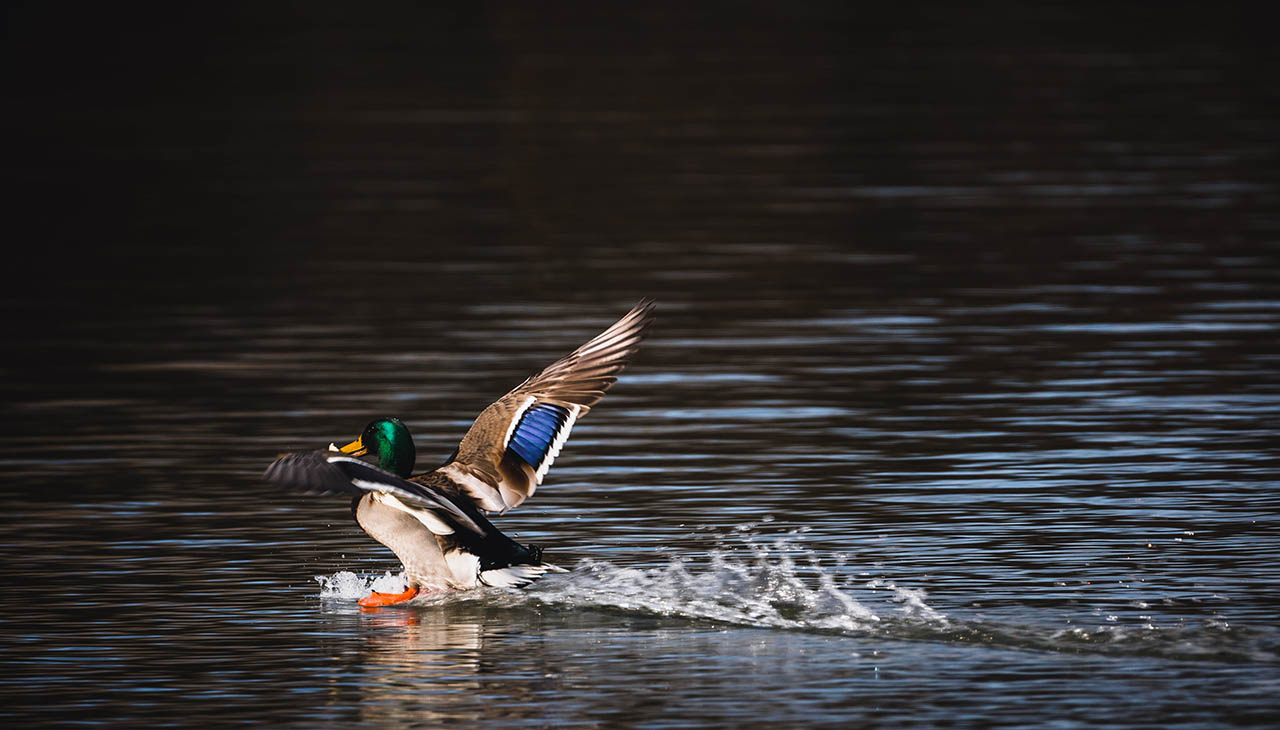When it comes to bird hunting, your shotgun is your most essential tool. Choosing the right one can make all the difference between a successful hunting trip and a day of missed opportunities. This comprehensive buyer’s guide is designed to help you navigate the wide array of shotgun options available on the market today. With factors such as gauge, action type, barrel length, and weight to consider, finding the perfect shotgun for bird hunting can seem daunting. But fear not, we’ll walk you through each aspect, ensuring you’re well-equipped to make an informed choice.
Understanding bird hunting
Bird hunting is a challenging sport that requires precision, patience, and a deep appreciation for nature. It involves tracking and hunting various bird species in their natural habitats. The sport can be practiced in different terrains, from woodlands to open fields and marshes. Each bird species requires a different hunting strategy, influenced by their unique behaviors, flight patterns, and habitats. These factors also contribute to the type of shotgun suitable for hunting a particular bird species. Understanding the nuances of bird hunting is crucial to selecting the right shotgun, as it ensures that your equipment perfectly complements your hunting style and the prey you pursue.
Gauge selection
Gauge is a critical factor to consider when selecting a shotgun for bird hunting. The term ‘gauge’ refers to the diameter of the barrel and consequently, the size of the shotshell that the shotgun can fire. Common gauges in bird hunting shotguns range from 12-gauge (most common), 16-gauge, 20-gauge, to 28-gauge and .410 bore (smallest). Larger gauges, such as 12-gauge, offer greater firepower and a wider shot pattern, making them suitable for larger game birds or waterfowl. Smaller gauges, like 20-gauge or .410, are lighter and easier to handle, ideal for smaller game birds and for those who prefer a shotgun with reduced recoil. Gauge selection, therefore, should be aligned with the type of bird you plan to hunt, your physical handling capability, and your comfort with recoil.
Action type
The action of a shotgun refers to the mechanism by which it loads and ejects shells. There are primarily four types of action to consider when choosing a shotgun for bird hunting: pump-action, semi-automatic, break-action, and bolt-action.
Pump-action shotguns are popular for their reliability under adverse conditions and their capacity for multiple shots. They require manual operation – after each shot, the shooter pumps the fore-end to eject the spent shell and load a new one.
Semi-automatic shotguns automatically eject the spent shell and load a new one after each shot. They provide quick follow-up shots and are favored for their lessened recoil. However, they may require rigorous maintenance to function reliably.
Break-action shotguns, including single-shot and double-barrel (side-by-side or over-and-under) types, are known for their simplicity and dependability. They’re easy to load and unload, and their construction lends them an elegant balance, making them a popular choice among upland bird hunters.
Bolt-action shotguns are less common and operate similarly to bolt-action rifles, offering reliability and precision.
Choosing an action type depends on your hunting style, the type of bird you’re hunting, and personal preference. Each action type has its advantages and disadvantages, and understanding these can help you select a shotgun that will enhance your bird hunting experience.
Barrel length and choke selection
When choosing a shotgun for bird hunting, barrel length and choke selection are crucial aspects to consider. Barrel length does not significantly affect the shot’s speed, but it does play a role in the gun’s balance, swing, and ease of pointing. A longer barrel will often swing more smoothly, making it an excellent choice for shooting game birds in flight. A shorter barrel, on the other hand, is easier to maneuver and may be beneficial in thick cover or when quick shots are needed.
Choke, the constriction at the end of the barrel, determines the spread of the shot once fired. Several choke options are available, each impacting the spread differently and thereby affecting the effective range of the gun. Full chokes deliver a tight shot pattern for long-range shooting, making them ideal for waterfowl or high-flying birds. Modified chokes have a less constricted pattern, suitable for medium-range shooting, while cylinder or improved cylinder chokes provide the widest shot pattern for close-range shooting.
The right combination of barrel length and choke can greatly enhance your success in bird hunting. Therefore, it’s essential to consider the species and typical range of the birds you’re hunting, along with your comfort and shooting style, when choosing barrel length and choke.
Stock and fit considerations
The stock of a shotgun impacts how the firearm feels when handled and fired. There are two main types of stocks: traditional and pistol grip. Traditional stocks are common in bird-hunting shotguns and are typically more comfortable for shooting from the shoulder due to their streamlined design. Pistol grip stocks offer more control when firing, but they can be less comfortable for long periods of use, particularly for bird hunting scenarios that require repeated firing.
Stock material is also important to consider. Wood stocks are classic, offer a warm feel and can absorb some recoil, but they can be heavier and prone to damage from weather conditions. Synthetic stocks are lighter and more durable against harsh weather, but they may not absorb recoil as effectively as wood.
The fit of the shotgun refers to how well the firearm aligns with your body and shooting stance. A well-fitted shotgun should feel balanced in your hands, the butt should sit comfortably against your shoulder, and your dominant eye should naturally align with the sights when you bring the gun up to shoot. Aspects like length of pull, drop at comb, pitch and cast all contribute to the fit of a shotgun. It’s worth considering a shotgun that offers adjustable fit features to perfectly suit your body and shooting style.
Stock and fit considerations should not be overlooked when choosing a shotgun for bird hunting. They significantly impact your comfort and shooting accuracy, thus affecting your success in the field.





